1,578 days, 2,409 entries ...
Newsticker, link list, time machine: HOLO.mg/stream logs emerging trajectories in art, science, technology, and culture––every day
February 2022
“The Terraforming was convened on behalf of new foundations for a viable planetary future. This takes on critical urgency when that future is put in direct peril. To ensure that the future is not canceled is a fight we cannot lose.”
Charles Csuri
(1922-2022)
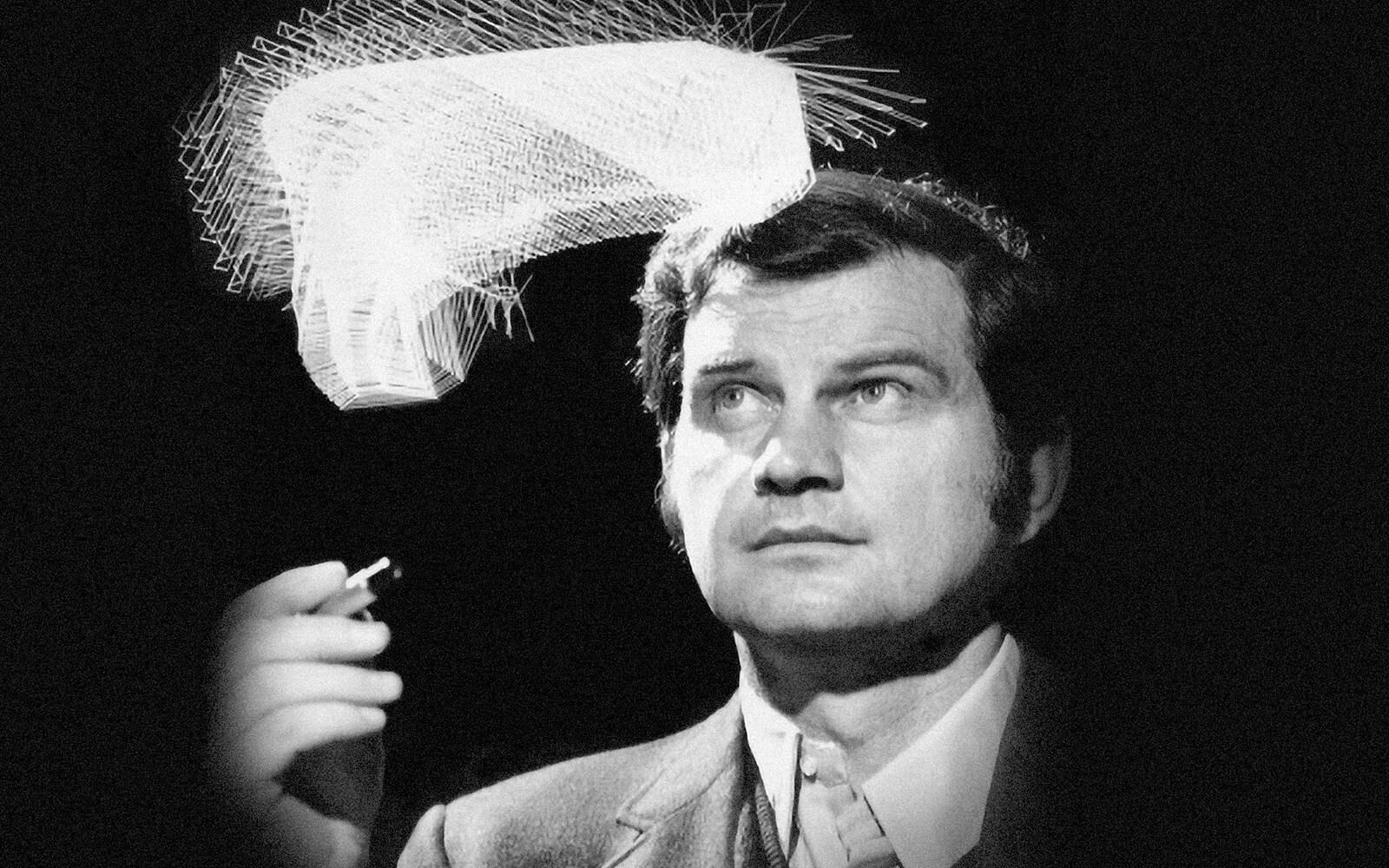
The final chapter in Meriem Bennani’s CGI film trilogy Life on the CAPS debuts at the University of Chicago’s The Renaissance Society as a video installation. A co-commission with Nottingham Contemporary, UK, the film returns to the series’ dystopian island world the artist based on research into island societies, biotechnology, and vernacular music. Protagonist Kamal gets a new body to fight for CAPS’ liberation—a cause impossible to solve within a single lifetime.
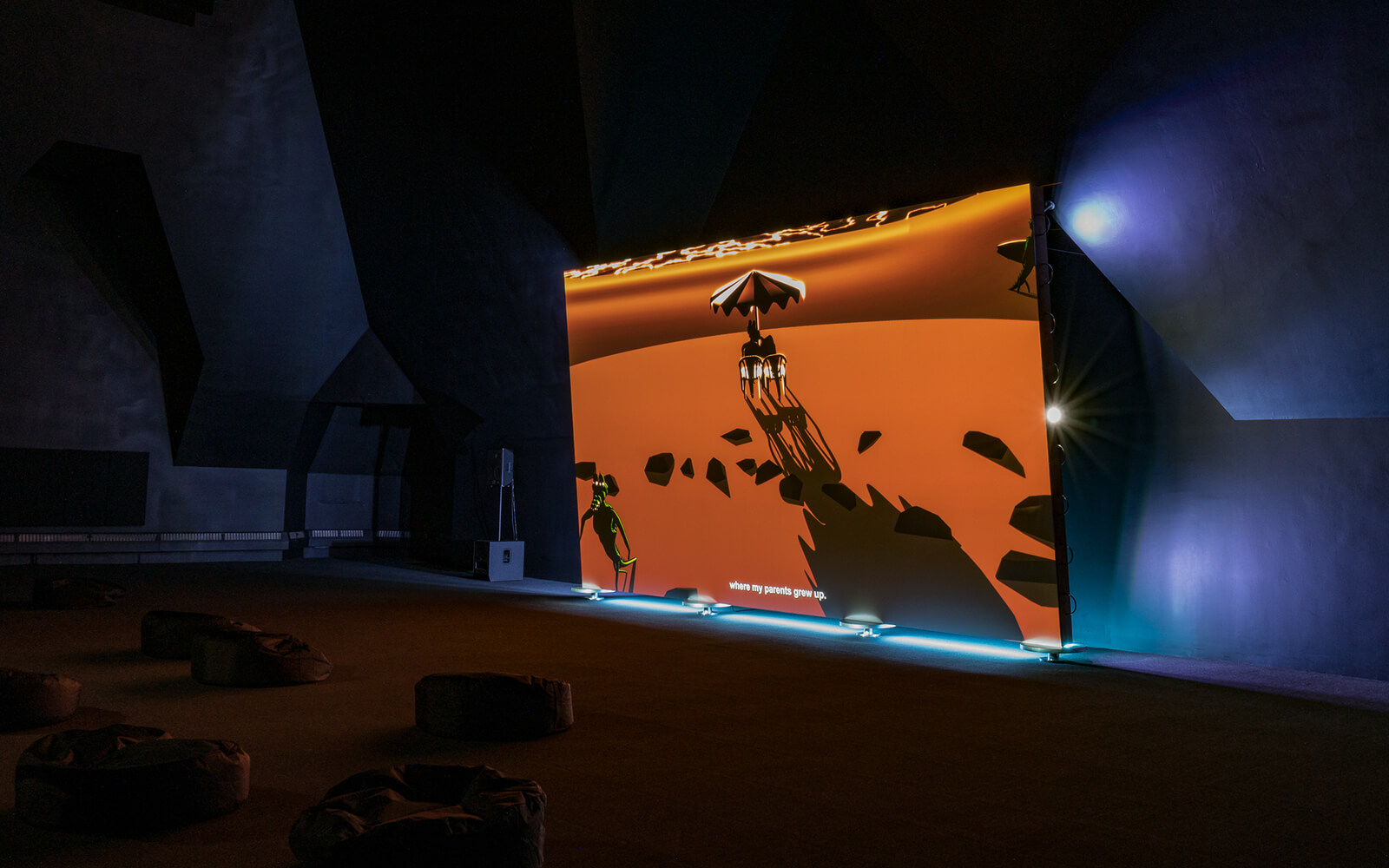
“I think the obsession with immutability and stable identity, which is being imposed on commercial blockchain projects, is very un-cyberfeminist and it’s very un-Satoshi Nakamoto. So that’s definitely a site of a struggle.”
“The way you position your antenna and even your body are recorded in the image as signal and noise. This means each image is unique to the person and place that created it.”
“KINETISMUS: 100 Years of Electricity in Art,” Kunsthalle Praha’s inaugural exhibition opens. A multi-generational affair, its scope spans Bauhaus to teamLab, bundling work as computer art, film, cybernetics, and kinetic art. Cleverly, 20th century pioneers like Vladimir Bonačić (image: Random 63, 1969), László Moholy-Nagy, and Lillian F. Schwartz are matched up with contemporaries including Refik Anadol, Shilpa Gupta, and Olafur Eliasson.
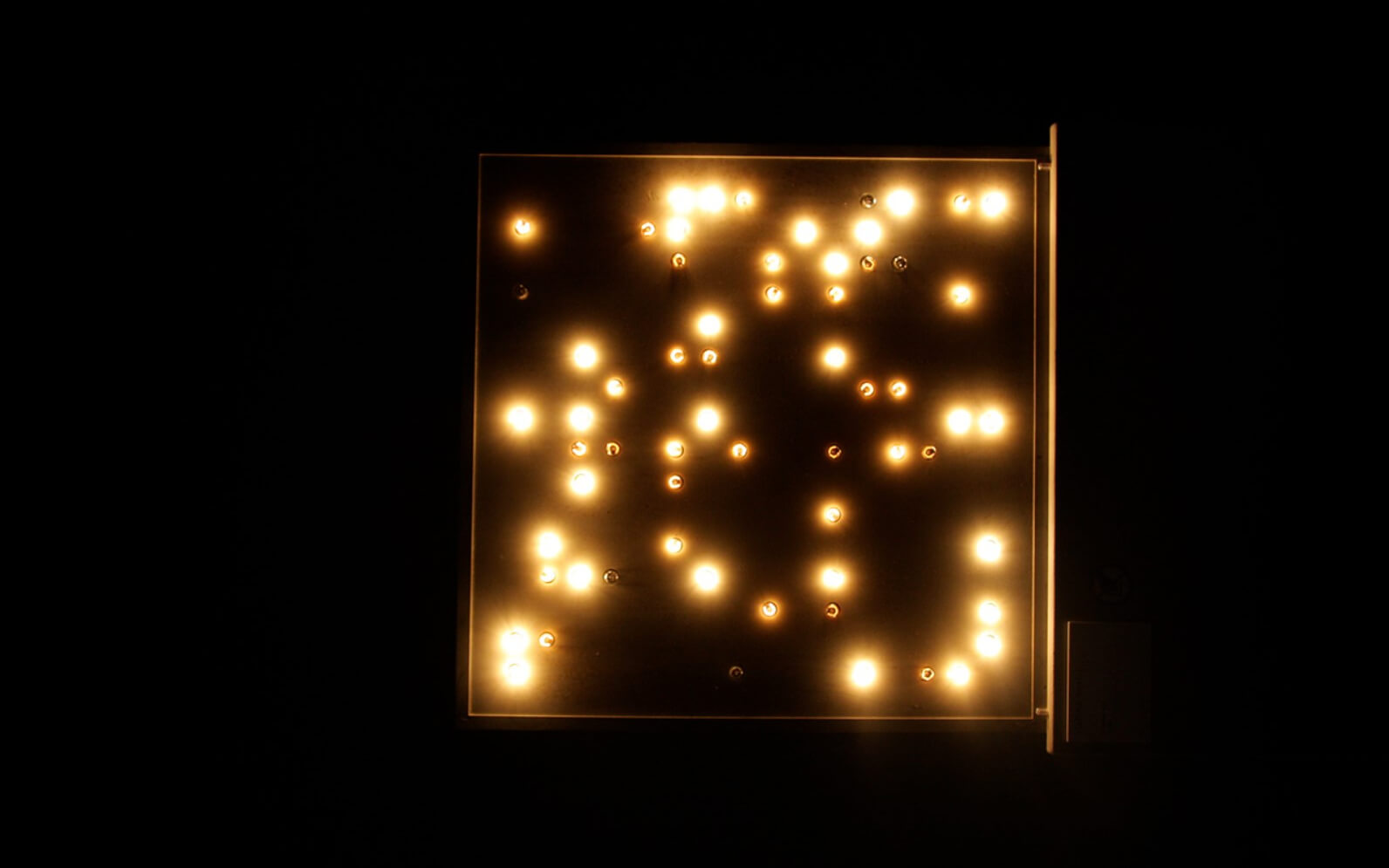
“In a way, a peatland is less a land than a memory of what has existed on it—where life is not lost but preserved in muddy murk.”
“Nature × Humanity,” a celebration of Oxman Architects’ biomorphic forms, opens at SFMOMA. Focused on the pressing question “what is the role of an architect in the age of climate change?,” Neri Oxman and collaborators present recent work exploring new materials and manufacturing techniques. Featured projects include a malformed chaise lounge and the Vespers masks (2018), through building- (image: Model for Gemini Cinema, 2021) and city-scale proposals.
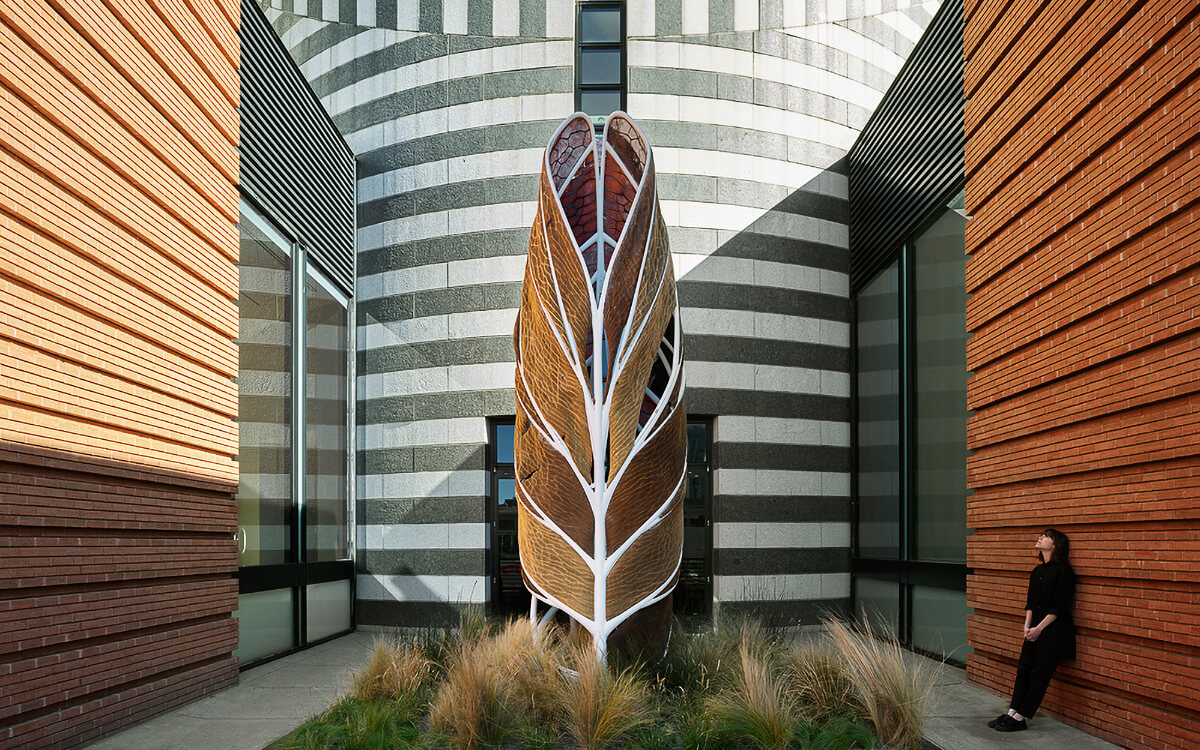
“Oceanic Thinking,” featuring Monira Al Qadiri, Sancintya Mohini Simpson, SUPERFLEX (image: Dive-In, 2019), and others, opens at The University of Queensland Art Museum in Australia. The kickoff of the multi-year Blue Assembly project (which connects marine scientists and artists, as part of an UN initiative), the show invites viewers to “think together with these liquid, vast, biodiverse, and non-binary spaces to speculate our collective future.”
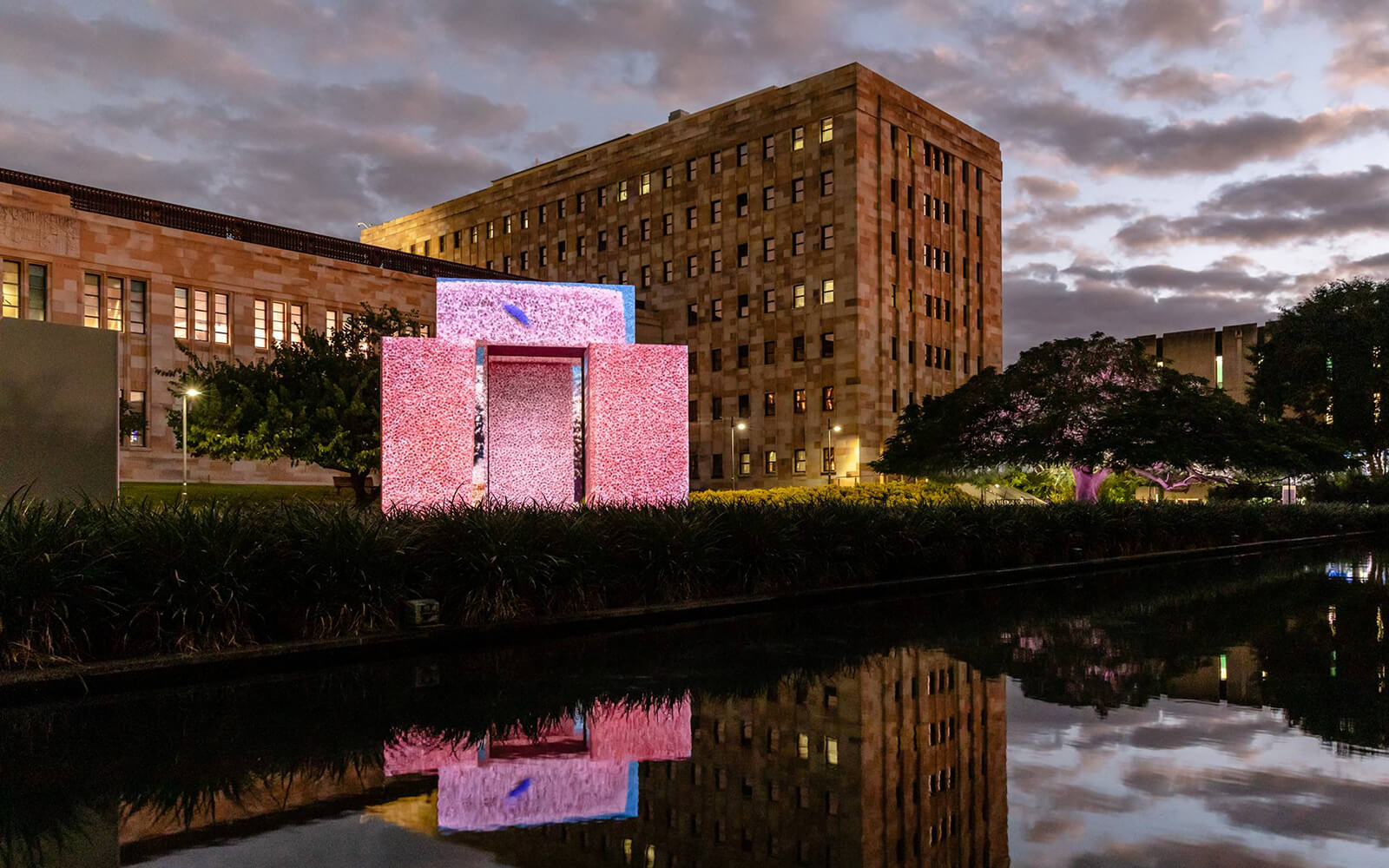
The world’s first NFT vending machine opens in New York’s Financial District. A PR stunt slash proof of concept, it sells QR codes denoting ownership of NFTs from the Neon marketplace. Purchases are made via credit or debit card, and two collections are available: Project Color and Party Pigeons. “[A vending machine] means we can engage the widest possible audience. NFT buying and selling doesn’t need to be a mystery,” says Neon’s Jordan Birnholtz.
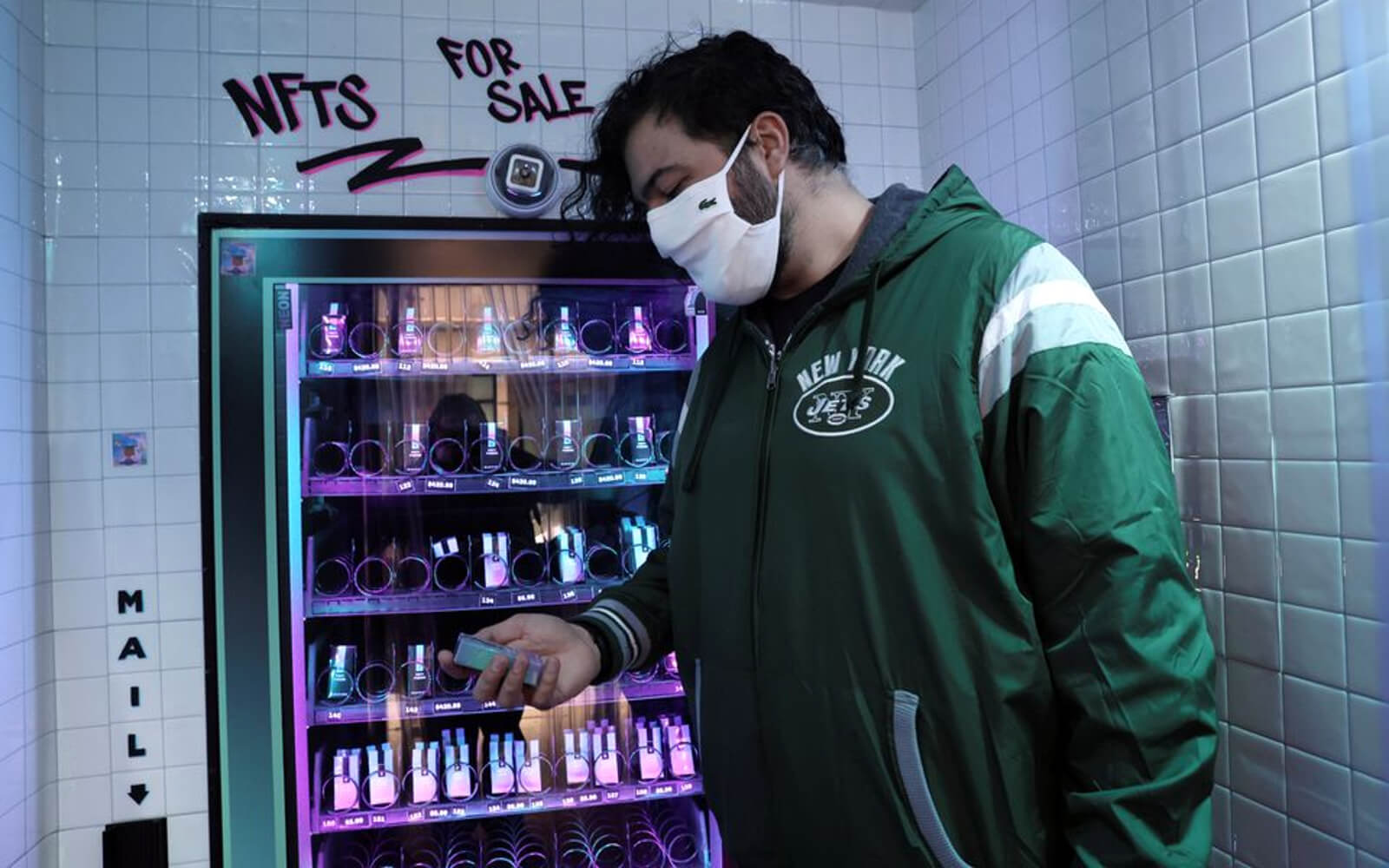
“Independent game design and independent publishing have similar end goals: fostering creativity, making money, finding community, and avoiding institutional pressure.”
“Formulations as Texture, Horizontal and Vertical Crossings,” a solo exhibition by Florian Hecker opens at Simian in Ørestad, Copenhagen. The show’s single spatial audio piece deploys two variants of Formulations (2015), an algorithmically-generated composition, into a new 3-channel version that capitalizes on distinctions between the two versions producing “a maze of different resolutions, gradations, scales, similarities, and differences.”
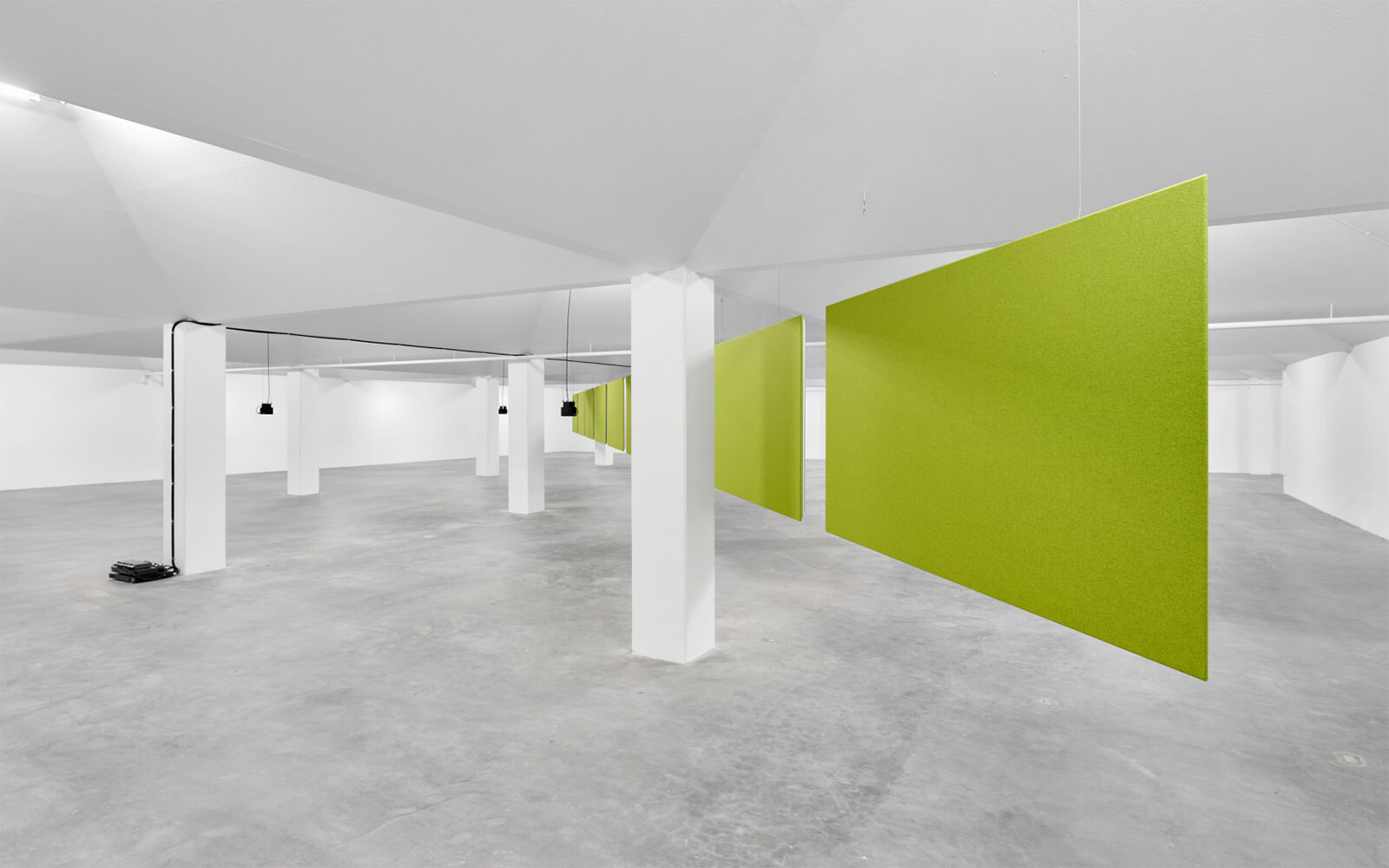
“Working with quantum physics can subvert the endless categorizations and control of humans and non-humans alike in pursuit of never-ending profits, causing accelerating alienation.”
Libby Heaney’s Light Art Space (LAS) commission Ent- (2022) premieres at Schering Stiftung, Berlin, taking quantum computing as both medium and subject matter. Inspired by Hieronymus Bosch’s iconic triptych The Garden of Earthly Delights (c.1490–1510), the British artist and physicist used quantum code to manipulate and animate her own paintings, creating “hybrid organisms, breathing landscapes, and exploding structures” inside the metaphorical black box of a 360° immersive installation.
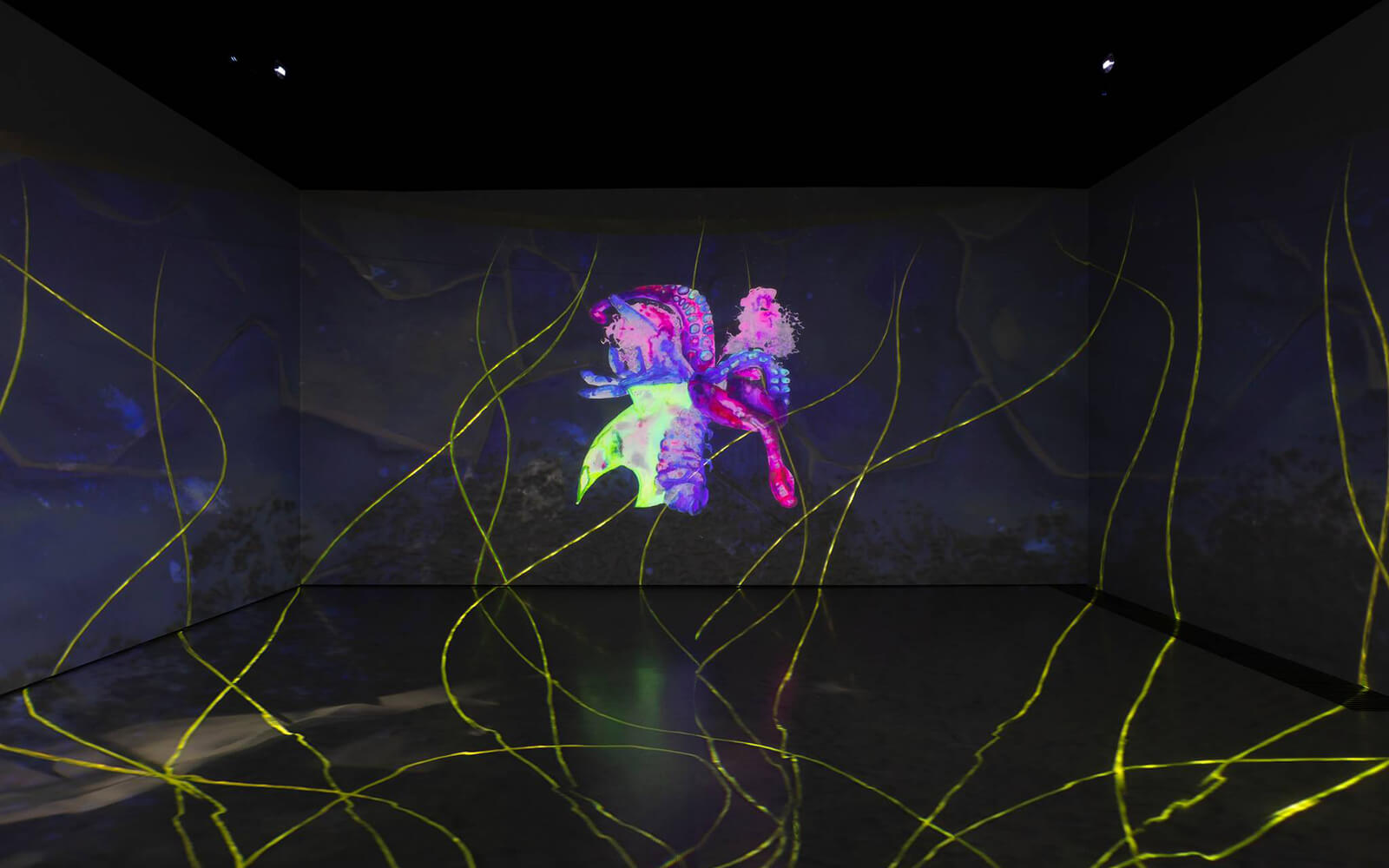
“I hope y’all see this show, but to clarify, it features the smallest pieces I have ever made, including engravings that are only 150 atoms thick.”
Berlin-based artists Kat Austen and Fara Peluso are announced winners of a six-month residency at the S+T+ARTS Center Upper Austria to work on “Circular Records”—a low-carbon alternative to vinyl. “We will develop a record production process that uses sustainable biomaterials,” says Austen. The goal is to create a high-fidelity reproduction of This Land is Not Mine, Austen’s 2020 experimental music album that explores futures after fossil fuel.
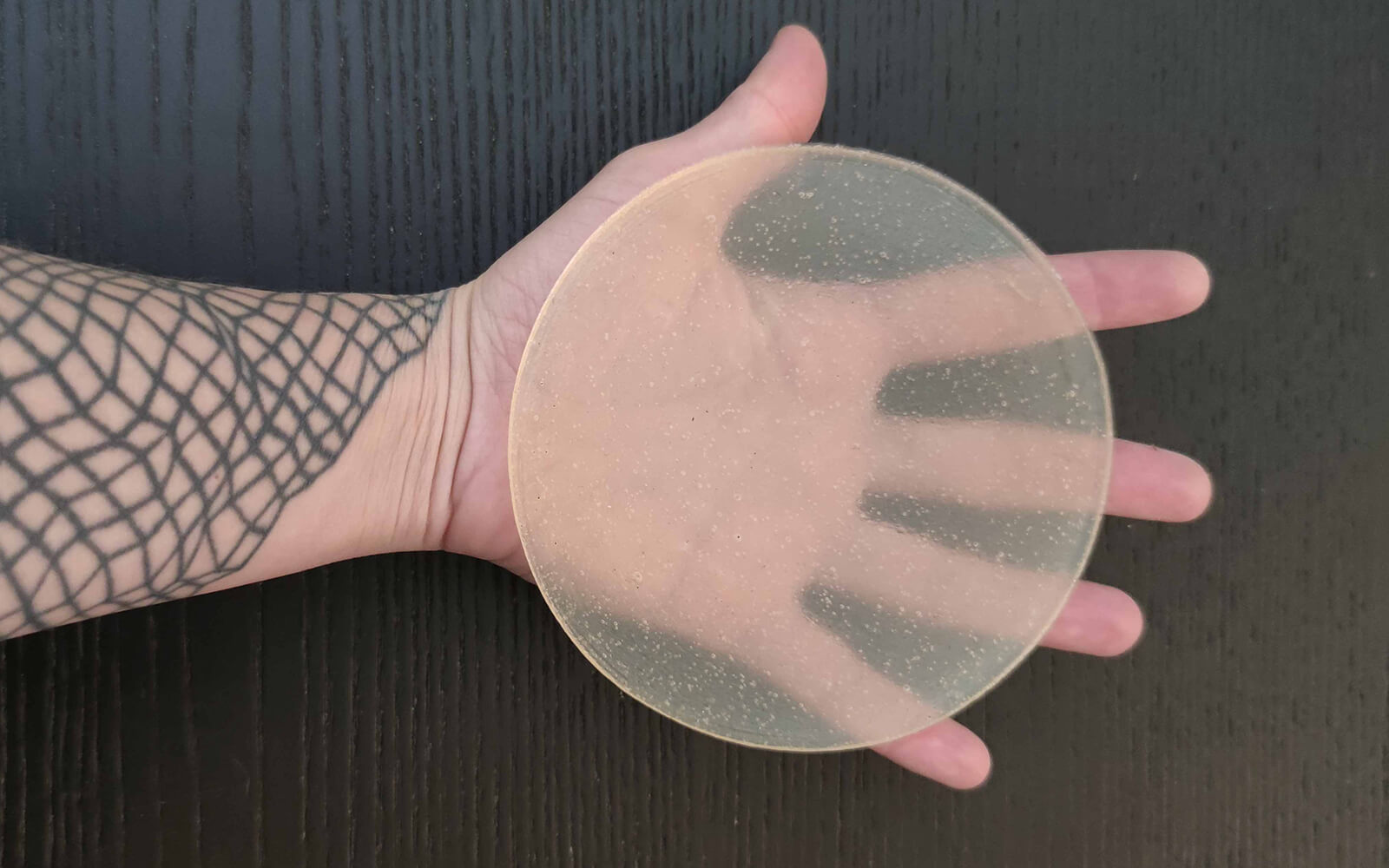
“Enough people purchased the preservative to attempt suicide that the company’s algorithm began suggesting other products that customers frequently bought along with it to aid in such efforts.”
Daily discoveries at the nexus of art, science, technology, and culture: Get full access by becoming a HOLO Reader!
- Perspective: research, long-form analysis, and critical commentary
- Encounters: in-depth artist profiles and studio visits of pioneers and key innovators
- Stream: a timeline and news archive with 1,200+ entries and counting
- Edition: HOLO’s annual collector’s edition that captures the calendar year in print
